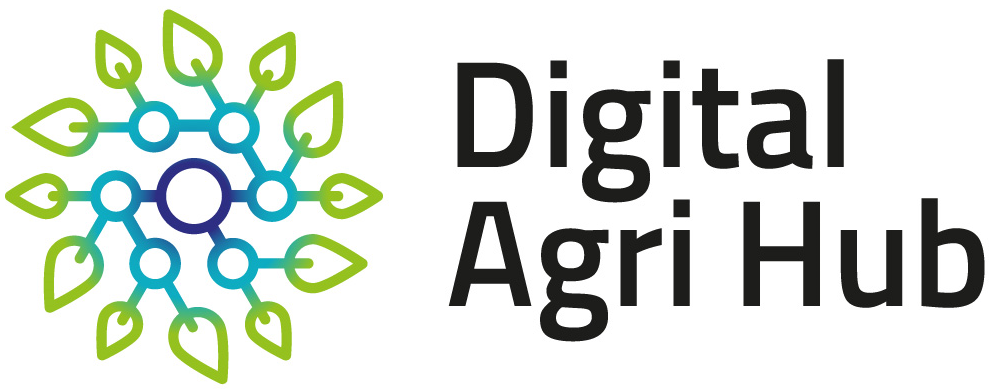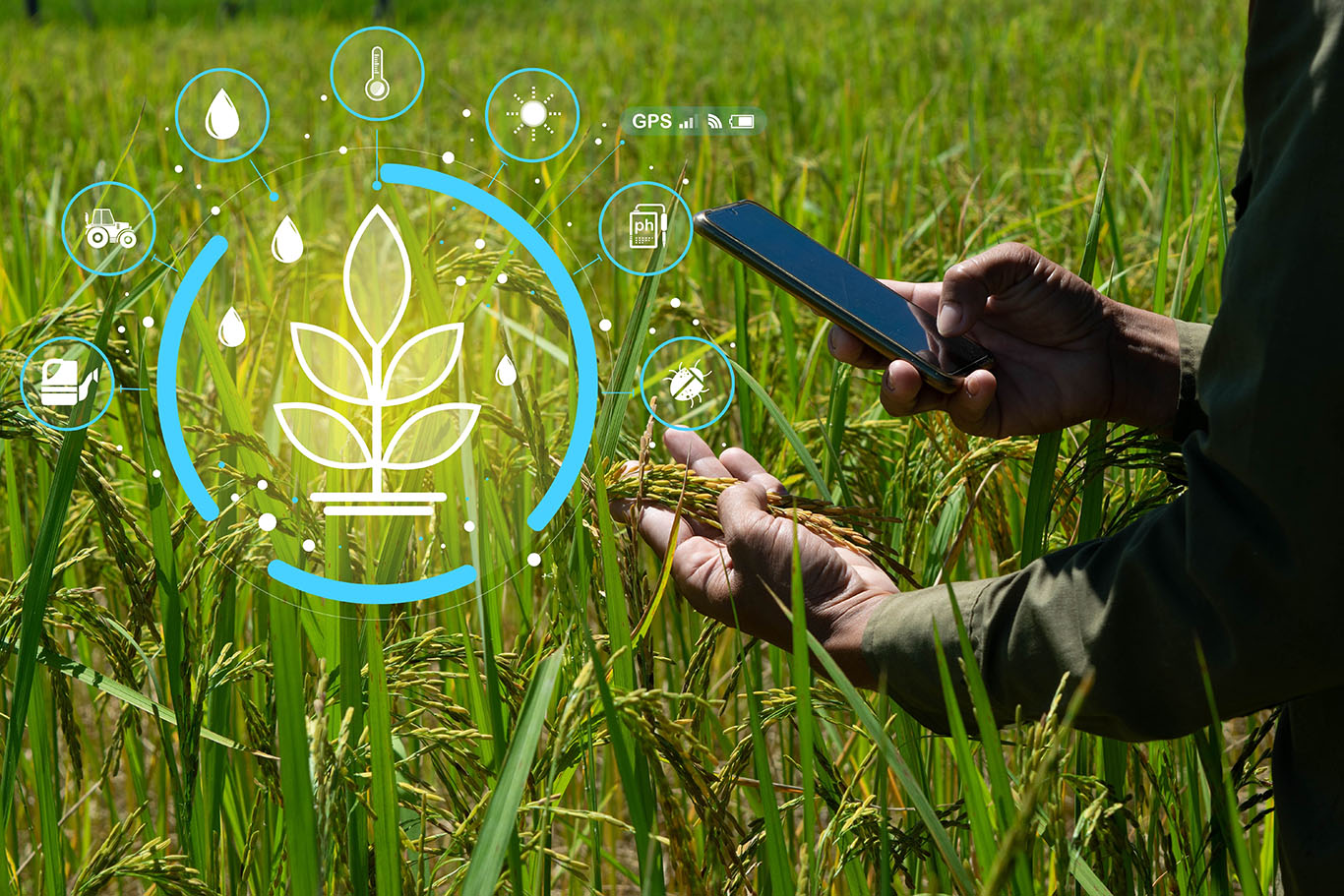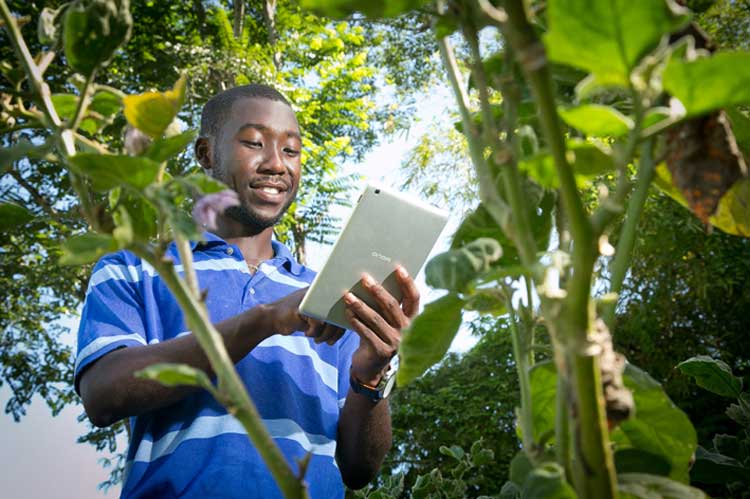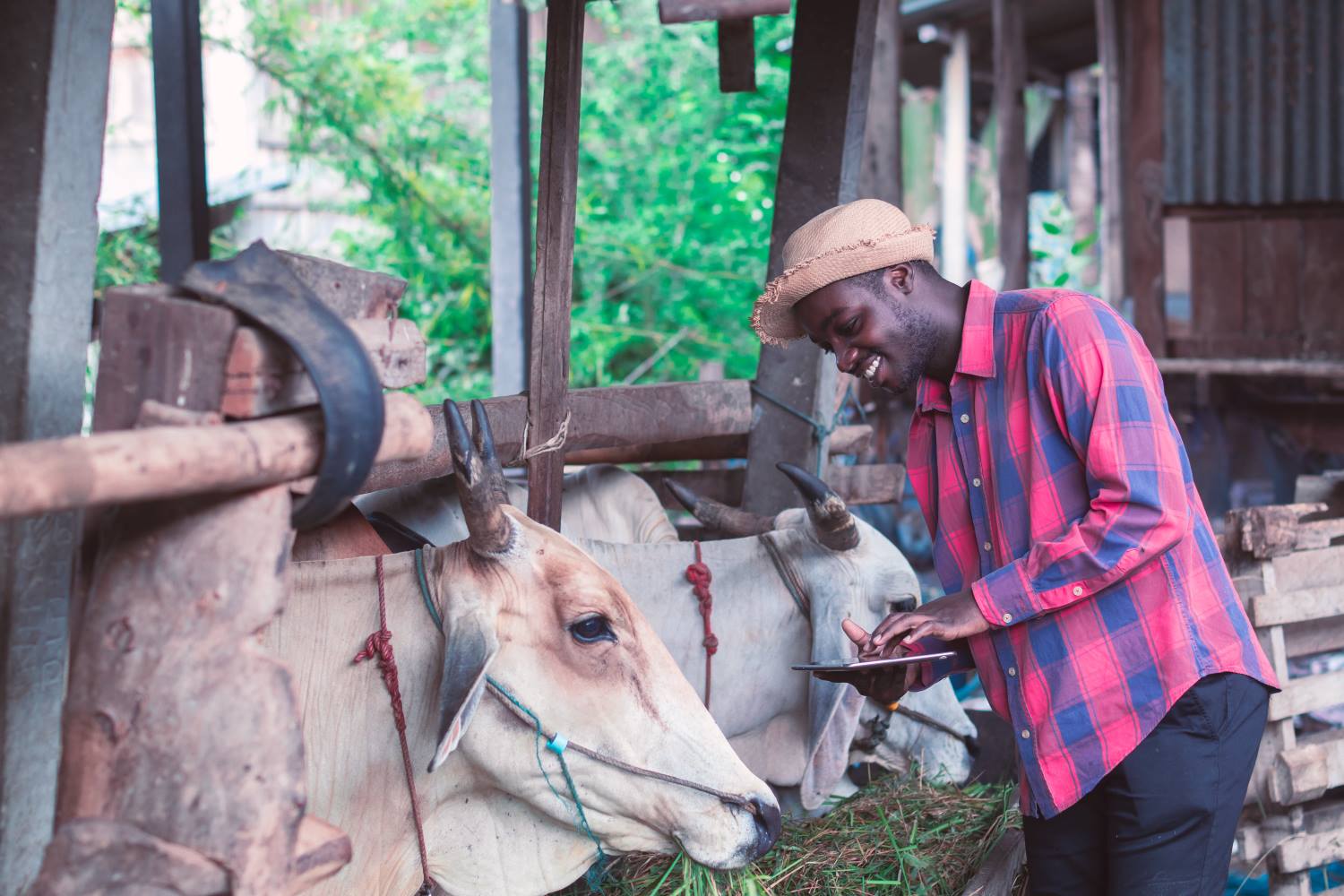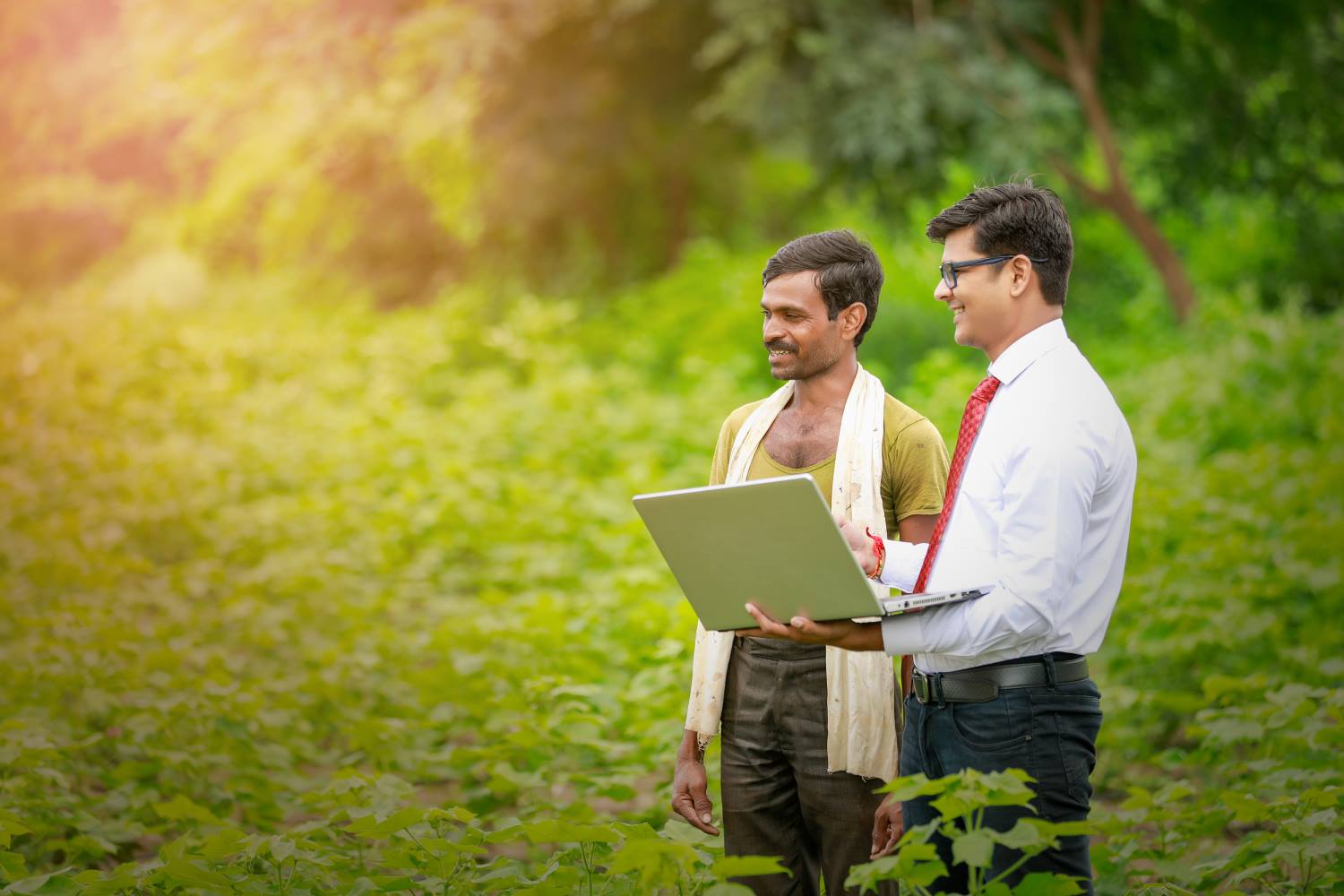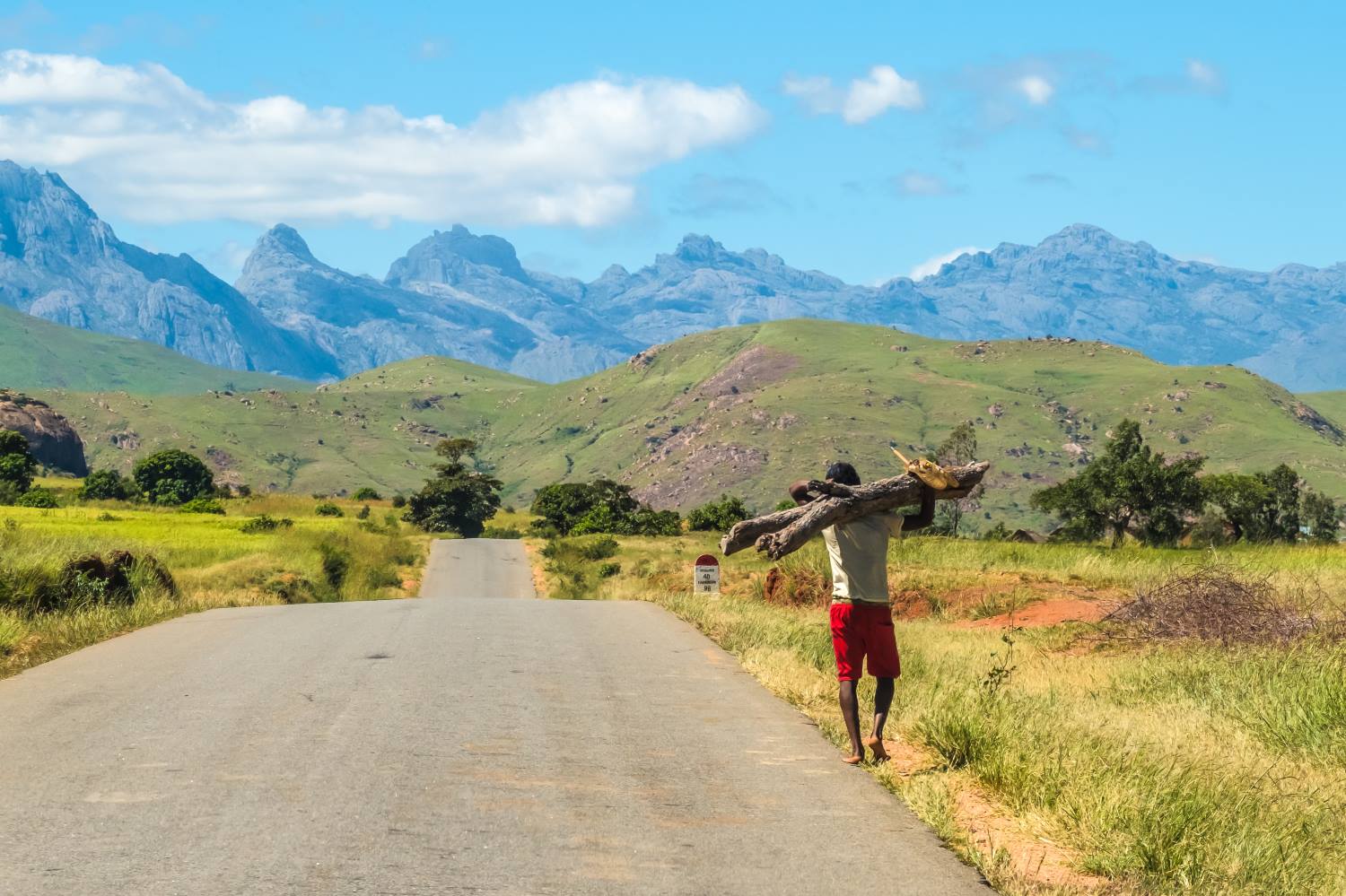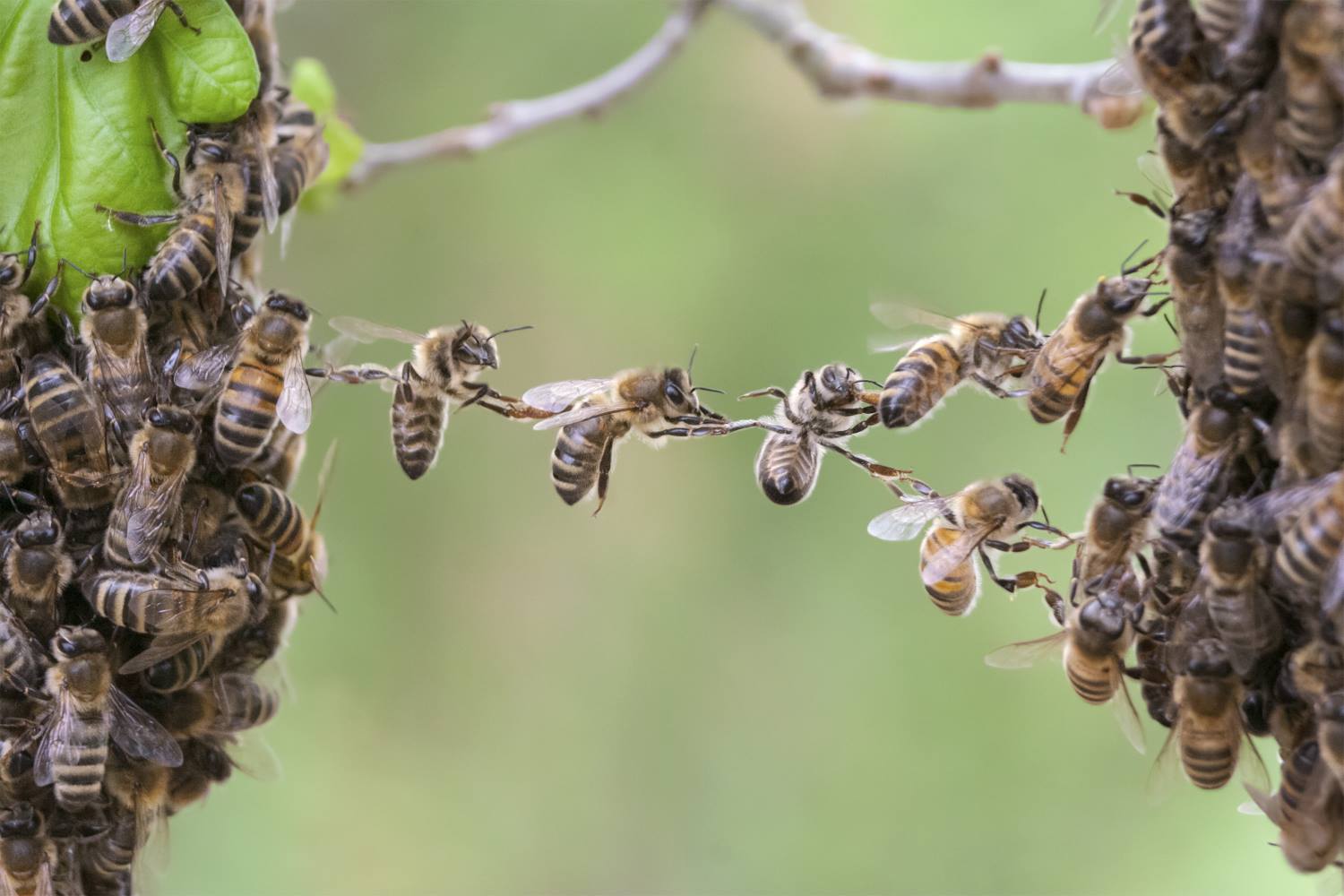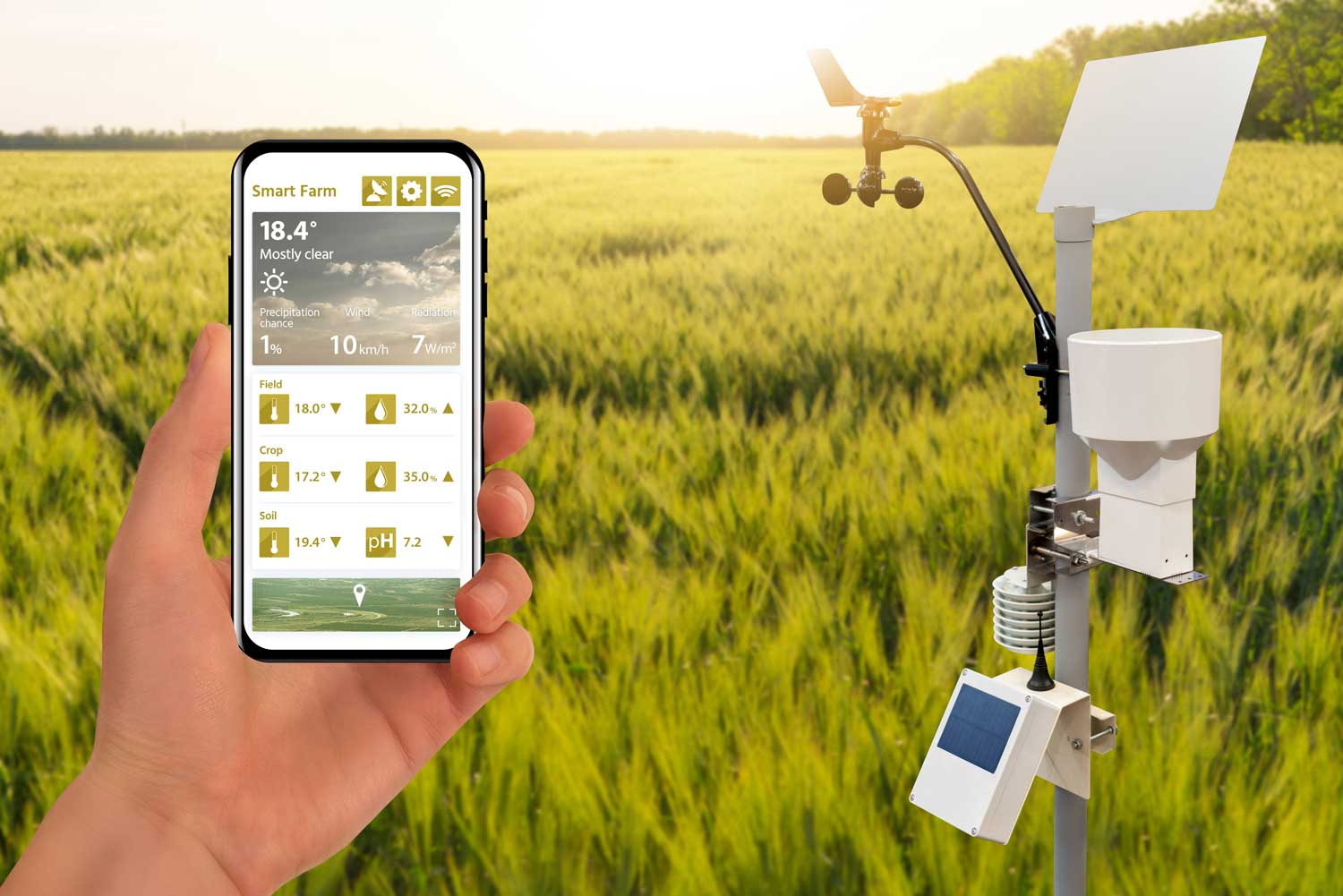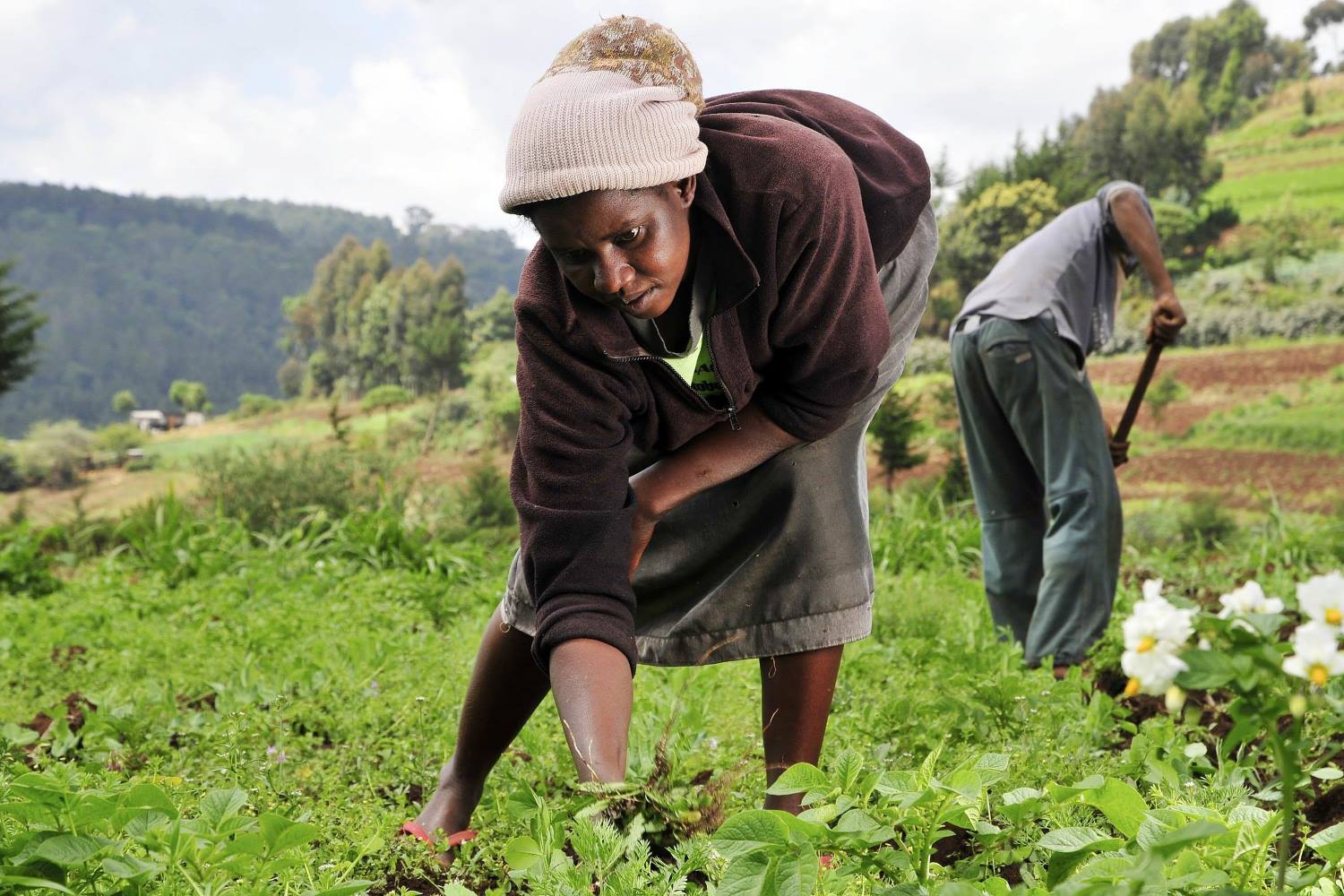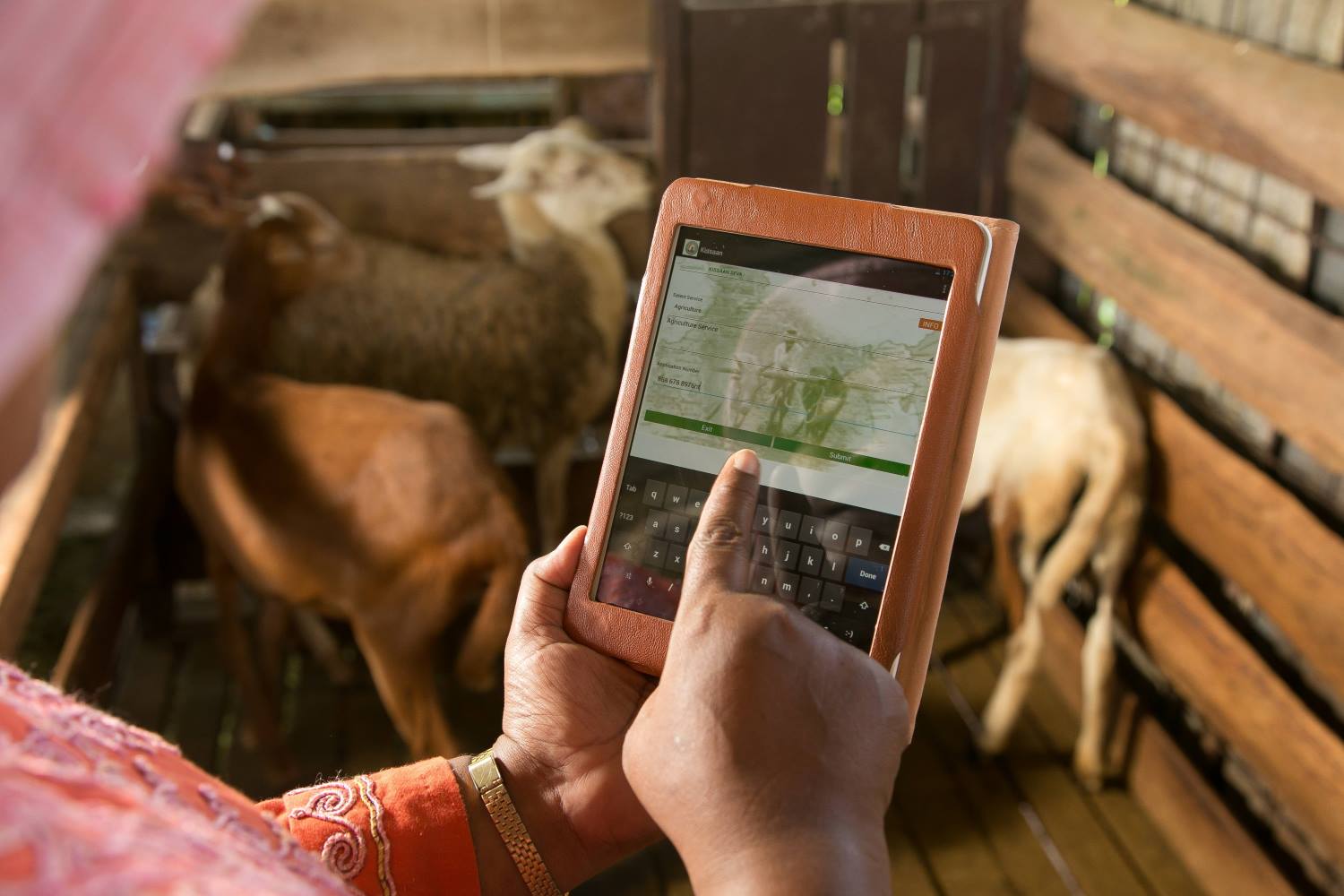Strengthening policies and pathways to foster digitalization for agriculture in Asia

Strengthening policies and pathways to foster digitalization for agriculture in Asia
Author: Digital Agri Hub team
Publish Date: 15 November 2022
Digital innovations continue to reshape the face of agriculture across Asia, offering a vehicle to improve productivity and enhance information and market access. Accelerating digital transformation in agriculture is essential towards building resilient, sustainable and inclusive agri-food systems. Scaling digital solutions in agriculture, however, requires the support of Digitalisation for Agriculture (D4Ag, also referred to as ‘e-agriculture’) policies and strategies. In partnership with the Asian Development Bank Institute and in collaboration with Dgroups Foundation and Indonesia Commodity & Derivatives Exchange, the Digital Agri Hub convened a policy-oriented dialogue, which fostered conversations around D4Ag policies and implementation pathways in Asia. The existing policies and the potential for scaling digital agriculture solutions significantly vary among regions and nations, therefore, the dialogue took a deep dive at country level, with contributions for Papua New Guinea, India, Vietnam, and Indonesia.
Harnessing inclusion of the public sector
Sustainability and scale remain two predominant challenges for D4Ag. As mentioned by Gerard Sylvester from the FAO, ‘We need to realise that when it comes to D4Ag, it’s a multisectoral and multi-stakeholder effort to come closer to sustainability and scalability’. As digitalisation cannot happen in isolation, the public sector plays a pivotal, interconnecting role. To this extent, governments need to put in place a guiding framework to help rationalize both human and financial resources available at the country level. They also have a key role in promoting collaboration across ministries, above all between agriculture and ICT, and foster sustainable synergies with the private sector. Although there are existing, good examples at country level, including the Papua New Guinea national e-agriculture strategy and pilot project, many governments in Asia still require support in the development of relevant strategies. In Indonesia for instance, the government is struggling to expand its D4Ag ecosystem in remote islands and integrate smallholder farmers due to limited data infrastructure in hyperlocal geographies. To do so, they need to increase their capacity to design and implement e-agriculture policies in a dialogue with solution providers and other actors across the food system. However, governments alone cannot determine how pathways to D4Ag should be. Gigi Gatti, from Grameen Foundation, highlighted the fact that ‘Cooperation and orchestration are very important, it’s not always about the government taking ownership of everything. Making sure that the voices of the farmers are heard is very important’.
Data governance is an essential component when we refer to D4Ag policies as it applies to how data is collected, stored, processed and disposed. Gerard Sylvester reiterates ‘Government needs to invest in strengthening data governance. Data is a double-edged sword and if aspects of data ownership, security, storage and sharing aren’t handled appropriately then sustainability and scalability become a major challenge’. Access to digital payments, digital lending and regulations that expand rural mobile coverage, as well as government funding that can help de-risk private sector investments are other key areas in which the public sector can take the lead. Finally, governments have an essential role to play when it comes to people. D4Ag requires a lot of investment in human resources for transitioning farmers from traditional to digital ways of getting information, e.g. using smartphones. Hence there is a need for an ecosystem that can lift their capacities, understanding and knowledge needed for enabling this transition.
Tailoring digitalisation for agriculture to the ecosystem
To contribute to scale and transforming agriculture, the private sector requires infrastructure and an enabling environment. An ecosystem approach is essential to bring forward diverse capacities from different stakeholders across the value chain and ensure sustainability. Grow Asia, for instance, is building public and private partnerships at a regional level for a more inclusive, sustainable, and resilient food system. The lead innovator of Grow Asia, Wei-Li Woo highlighted the fact that ‘Multi-stakeholder partnerships are essential in strengthening the agri-food sector, especially if we aim to incite positive change at the food systems level. Organizations like Grow Asia function as trusted, neutral conveners, in a space where an ecosystem approach is vital. Platforms like ours are designed to facilitate the implementation of complex partnerships where collaboration between agribusinesses, startups, service providers, NGOs and development actors are required’. At the country level, India is building a national digital ecosystem to elevate the agriculture sector and improve the welfare of farmers. Underlying this framework is the idea of an Agristack which is a unifying platform where multiple solution providers would be able to provide digital agriculture services to smallholder farmers. Tapping onto a best practice from a well-developed country, the government of Singapore is taking an active role in developing the agritech sector within the startup phase and has active programmes in place to encourage ecosystem players like accelerators and incubators to work closely with the government. Each country has a unique ecosystem approach which comprises key value chain players, systems and an enabling environment to foster a digital transformation of the agriculture sector.
Country-level spotlight: Papua New Guinea
FAO and ITU have assisted Papua New Guinea to develop the national e-strategy, steering partnerships with line ministries in agriculture and ICT, while facilitating resource mobilization and implementation of strategic projects. Challenges have emanated from the mountainous terrain of the country, which adversely affects the rollout of telecom infrastructure in most rural areas, making it difficult to create affordable ICT services. Low digital literacy of small-scale producers and poor localization of content into native languages have also been a challenge in developing and effectively adopting digital solutions. Despite these challenges, the 2018 e-strategy has really brought about exciting synergies between government, development partners and private actors, becoming an effective framework with different development projects pulling together resources and expertise.
Emerging insights
- Consider the dynamic regional context and country diversity across Asia. Countries in South-East Asia (SEA) and South Asia, due to heterogenous agriculture profiles, require e-agriculture policies which are adapted to the dynamic regional context and country diversity.
- To scale digital solutions, we need e-agriculture strategies where a lead stakeholder is clearly identified, there is a good understanding of where the resources are coming from, an action plan is developed accordingly, and a national task force is established which oversees these developments.
- Governments have a critical role to foster cooperation through sound regulations, policies and enabling frameworks towards the digitalization of agriculture.
- Once an e-agriculture strategy for any country is developed, it should not be cast in stone but should be flexible to adjustments as digitalization is fast-paced.
- To push the strategy forward towards implementation, having adequate infrastructures (physical and data) and capacity (human and financial) in place is crucial.
- Focus should move from small, isolated, and unsustainable projects to a larger ecosystem approach which requires assistance from governments and development partners to connect service providers with buyers and financial institutions.
- When working with farmers, always think locally and develop tailor made interventions to improve uptake and adoption. Papua New Guinea is a great example of the uptake of a national e-strategy, with resource mobilization facilitated by the partnership among ministries and private sector.
We would like the following experts and institutions for their valuable contributions:
Tetsushi Sonobe, Asian Development Bank Institute; Gerard Sylvester, FAO; Gigi Gatti, Grameen Foundation; Michiko Katagami, Asian Development Bank; Wei Li, Grow Asia; Jeetendra Prakash Aryal, CIMMYT; Hera John, Government of Papua New Guinea; Lakshmi Iyer, Grameen Foundation; Arjun Goyal, Cropin Technology; Dr Tran Cong Thang, Director General, IPSARD, Vietnam; Pamitra Wineka, TaniHub.
